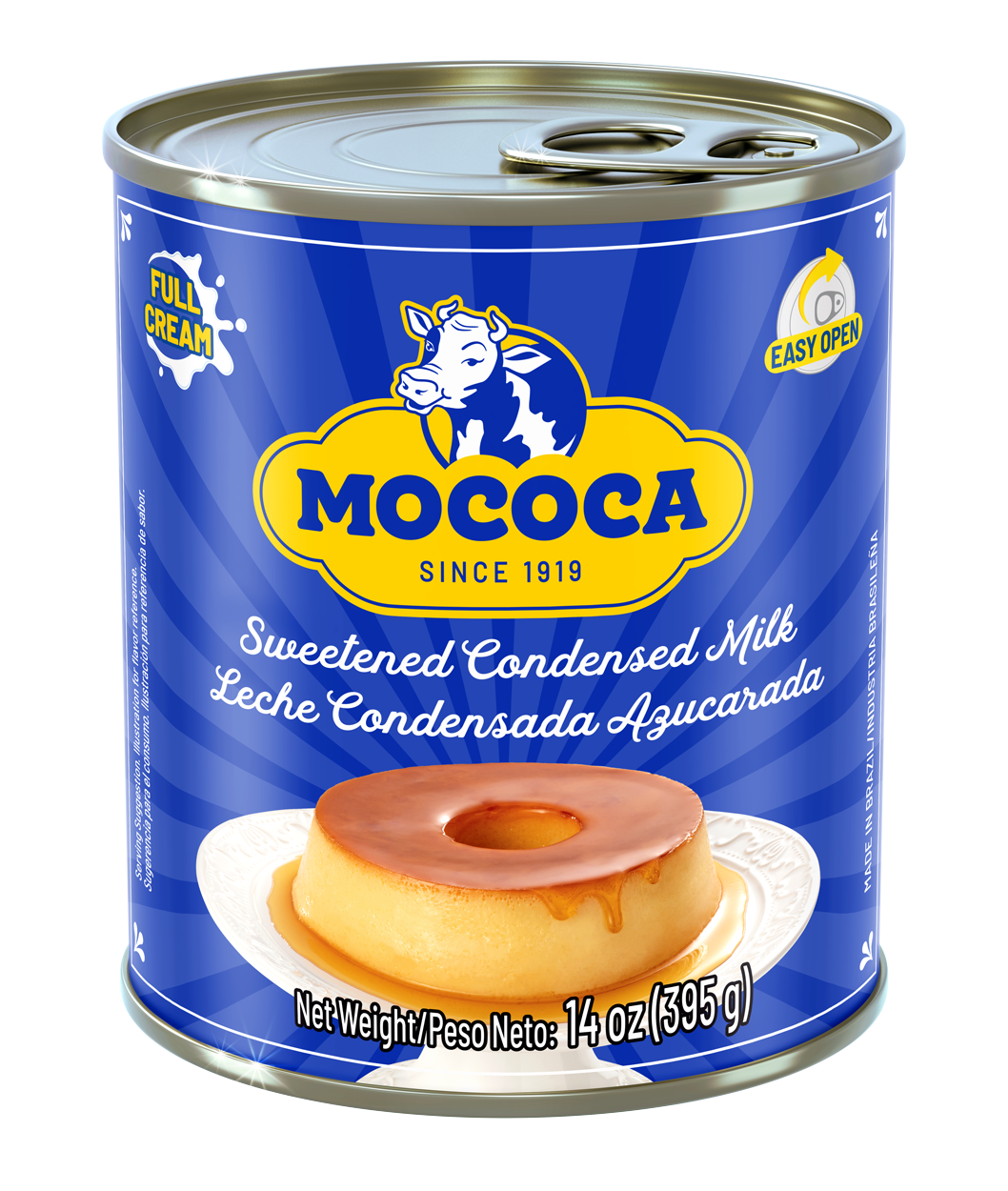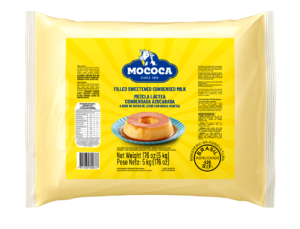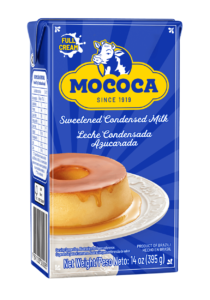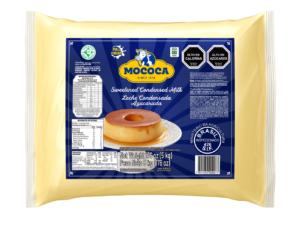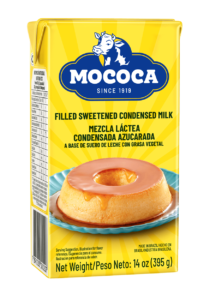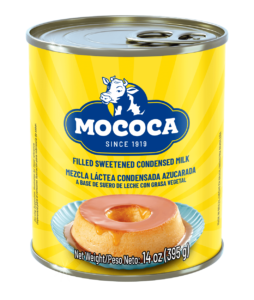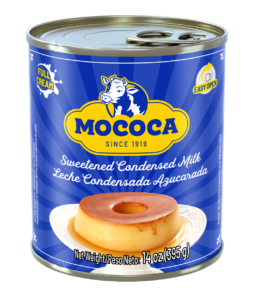Our history

The Founder
Our history begins in 1919 with the foundation of the Mococa Factory by Izabel Barretto. She initially produced small-batch butter using "machinery," consisting of a manual butter mixer and a wooden press.
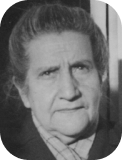
The Founder
Our history begins in 1919 with the foundation of the Mococa Factory by Izabel Barretto. She initially produced small-batch butter using "machinery," consisting of a manual butter mixer and a wooden press.
Industrial Production
In 1930, industrial-scale butter production began. It offered the Brazilian people a delicious product that was part of their daily lives and culture.
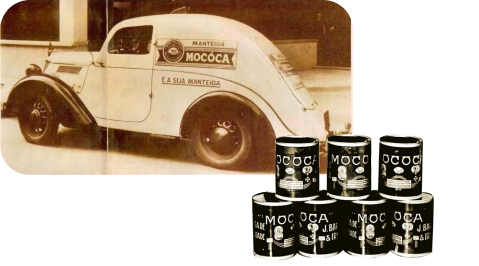
Industrial Production
In 1930, industrial-scale butter production began. It offered the Brazilian people a delicious product that was part of their daily lives and culture.
Pioneering
In 1947, Mococa started using a Swiss machine to pack its butter, and it was the first factory to use Swiss machinery in Brazil.
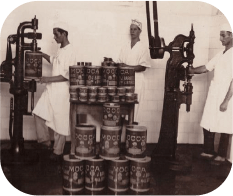
Pioneering
In 1947, Mococa started using a Swiss machine to pack its butter, and it was the first factory to use Swiss machinery in Brazil.
Another Factory Opened
In 1950, the company opened a new factory in Mococa, SP, Brazil. Which to this date still stands at the same address. Vice-President of Brazil, Café Filho, attended the opening. As a result, Mococa became the first Brazilian manufacturer to produce milk powder.
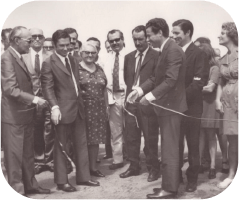
Another Factory Opened
In 1950, the company opened a new factory in Mococa, SP, Brazil. Which to this date still stands at the same address. Vice-President of Brazil, Café Filho, attended the opening. As a result, Mococa became the first Brazilian manufacturer to produce milk powder.
Brand Communication
The farm cows inspired the original trademark of Mococa. Then in 1956, its logo began to evolute and featured a more humanized logo introducing to the public their brand mascot, Mococa Little Cow, which appeared in the company's brand communications.

Brand Communication
The farm cows inspired the original trademark of Mococa. Then in 1956, its logo began to evolute and featured a more humanized logo introducing to the public their brand mascot, Mococa Little Cow, which appeared in the company's brand communications.
Cutting Edge
In 1968, The company started to use a carton package produced by the Swedish packaging company Tetra Pak. Mococa began packing its concentrated milk in Tetra Brik packaging.
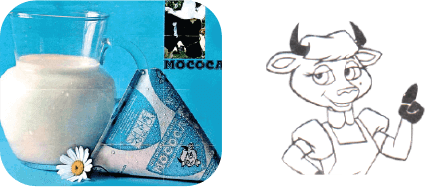
Cutting Edge
In 1968, The company started to use a carton package produced by the Swedish packaging company Tetra Pak. Mococa began packing its concentrated milk in Tetra Brik packaging.
Condensed Milk Success in the Market
Condensed milk hits the market with German technology. In 1977, the factory produced up to 1.800 tons per month. The first milk pudding Brazilians tasted might have been made with Mococa Condensed Milk, which was available at the market in a pioneering fashion in 1975.
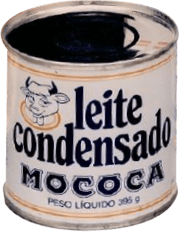
Condensed Milk Success in the Market
Condensed milk hits the market with German technology. In 1977, the factory produced up to 1.800 tons per month. The first milk pudding Brazilians tasted might have been made with Mococa Condensed Milk, which was available at the market in a pioneering fashion in 1975.
New Products
In 1980, following the need for innovation and changes in consumption habits, Mococa began manufacturing several new products, such as instant chocolate with vitamins and cocoa and coffee-flavored milk powders.
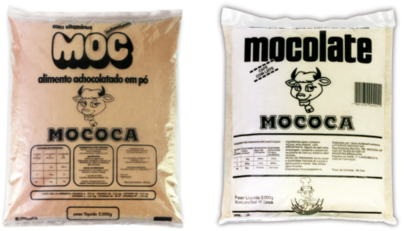
New Products
In 1980, following the need for innovation and changes in consumption habits, Mococa began manufacturing several new products, such as instant chocolate with vitamins and cocoa and coffee-flavored milk powders.
Cutting-Edge Packing
Constantly innovating, Mococa was the first company in Brazil to manufacture condensed milk in Tetra Pak packaging, cutting-edge in how condensed milk was packed and offering consumers convenience, easy opening, and longer shelf life.

Cutting-Edge Packing
Constantly innovating, Mococa was the first company in Brazil to manufacture condensed milk in Tetra Pak packaging, cutting-edge in how condensed milk was packed and offering consumers convenience, easy opening, and longer shelf life.
Export
In the '90s, Mococa's products hit the international market. The tradition passed on from generation to generation through its products was now available to several other countries worldwide.
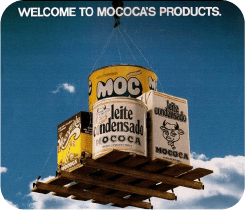
Export
In the '90s, Mococa's products hit the international market. The tradition passed on from generation to generation through its products was now available to several other countries worldwide.
Sweet Milk Fudge and Infant Cereal
In 1992, Mococa launched a sweet milk fudge product called Doce de Leite and a milk-based cereal for infants, which was the first infant cereal made 100% with Brazilian products.

Sweet Milk Fudge and Infant Cereal
In 1992, Mococa launched a sweet milk fudge product called Doce de Leite and a milk-based cereal for infants, which was the first infant cereal made 100% with Brazilian products.
New Products for New Consumers
In 1995, the company started producing rice porridge, corn porridge, and chocolate powder. As the company no longer exclusively produced dairy products, it changed its name from Laticínios Mococa to Mococa S.A. Food Products.

New Products for New Consumers
In 1995, the company started producing rice porridge, corn porridge, and chocolate powder. As the company no longer exclusively produced dairy products, it changed its name from Laticínios Mococa to Mococa S.A. Food Products.
Multinational Management
Mococa S.A. Food Products was bought in 1999 by the Royal Numico Group, a Dutch group that developed, manufactured, and marketed several areas of human nutrition for over 100 years.

Multinational Management
Mococa S.A. Food Products was bought in 1999 by the Royal Numico Group, a Dutch group that developed, manufactured, and marketed several areas of human nutrition for over 100 years.
A New Direction
In 2003, The Kremon Group acquired the company, and Mococa S.A. Food Products was again 100% Brazilian-owned.

A New Direction
In 2003, The Kremon Group acquired the company, and Mococa S.A. Food Products was again 100% Brazilian-owned.
Refining Brand and Packaging
In 2008, the company started reformulating the brand and its packaging, restating its tradition, trust, and care, which expresses its values rooted in respect.
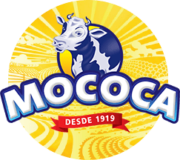
Refining Brand and Packaging
In 2008, the company started reformulating the brand and its packaging, restating its tradition, trust, and care, which expresses its values rooted in respect.
The Resurgence of Tradition
In 2012, Mococa S.A. started a new campaign airing on TV, radio, in magazines, and on billboards and improving communication between the company and its consumers by presenting its products, assurance of its quality, and availability of innovative products.

The Resurgence of Tradition
In 2012, Mococa S.A. started a new campaign airing on TV, radio, in magazines, and on billboards and improving communication between the company and its consumers by presenting its products, assurance of its quality, and availability of innovative products.
Technological Innovation
In 2013, Mococa S.A. modernized manufacturing sites, improving efficiency and productivity.
New Markets
In mid-2013 and 2014, Mococa S.A. began to export its high-quality products to some countries in Latin America, Central America, the United States, and Africa.

Technological Innovation
In 2013, Mococa S.A. modernized manufacturing sites, improving efficiency and productivity.
New Markets
In mid-2013 and 2014, Mococa S.A. began to export its high-quality products to some countries in Latin America, Central America, the United States, and Africa.
Special Packaging Series
In 2014, Mococa S.A. designed a special packaging to honor its suppliers in its UHT milk packaging, sharing stories about the dairy farmers who always deliver the finest raw material to produce its products.

Special Packaging Series
In 2014, Mococa S.A. designed a special packaging to honor its suppliers in its UHT milk packaging, sharing stories about the dairy farmers who always deliver the finest raw material to produce its products.
Mococa Little Cow
The Mococa Little Cow brand mascot was reformulated, becoming more contemporary and humanized mainly to align with current industry standards and communicate its history and values more effectively.

Mococa Little Cow
The Mococa Little Cow brand mascot was reformulated, becoming more contemporary and humanized mainly to align with current industry standards and communicate its history and values more effectively.
Zero Lactose Milk
Thinking about offering its exclusive products to all, the company launched zero lactose milk UHT milk packaging for those unable to digest lactose. Offering them a product with all the essential nutrients in regular dairy products.
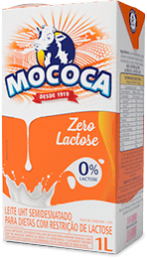
Zero Lactose Milk
Thinking about offering its exclusive products to all, the company launched zero lactose milk UHT milk packaging for those unable to digest lactose. Offering them a product with all the essential nutrients in regular dairy products.

